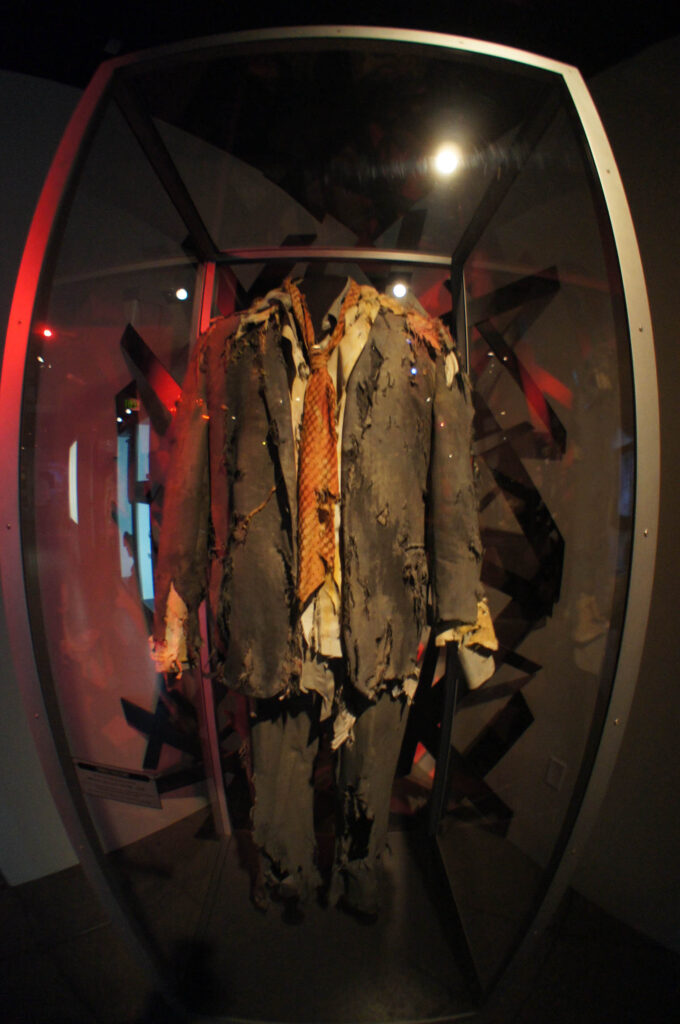
Alright, spooky season might be over, but for those of us who love a good thrill, the chills never truly go away. You know that feeling when you stumble upon an old photo online, and it just sends shivers down your spine? It’s not just a jump scare; it’s that deep, unsettling feeling that something is just… off.
The internet is absolutely jam-packed with bizarre images, from viral memes to historical oddities. But every now and then, you unearth a picture that transcends mere weirdness and dives headfirst into genuinely creepy territory. We’re talking about photos that make you pause, zoom in, and then immediately regret it, because they stick with you long after you’ve scrolled away.
So, buckle up, buttercups! We’ve scoured the archives to bring you some of the most unnerving, mind-bending, and downright spooky images ever captured. These aren’t just for the paranormal investigators or the hardcore horror fans; these are the kind of photos that even the most grounded, non-crazy people among us will find seriously creepy. Let’s dive into the first half of this wild ride!
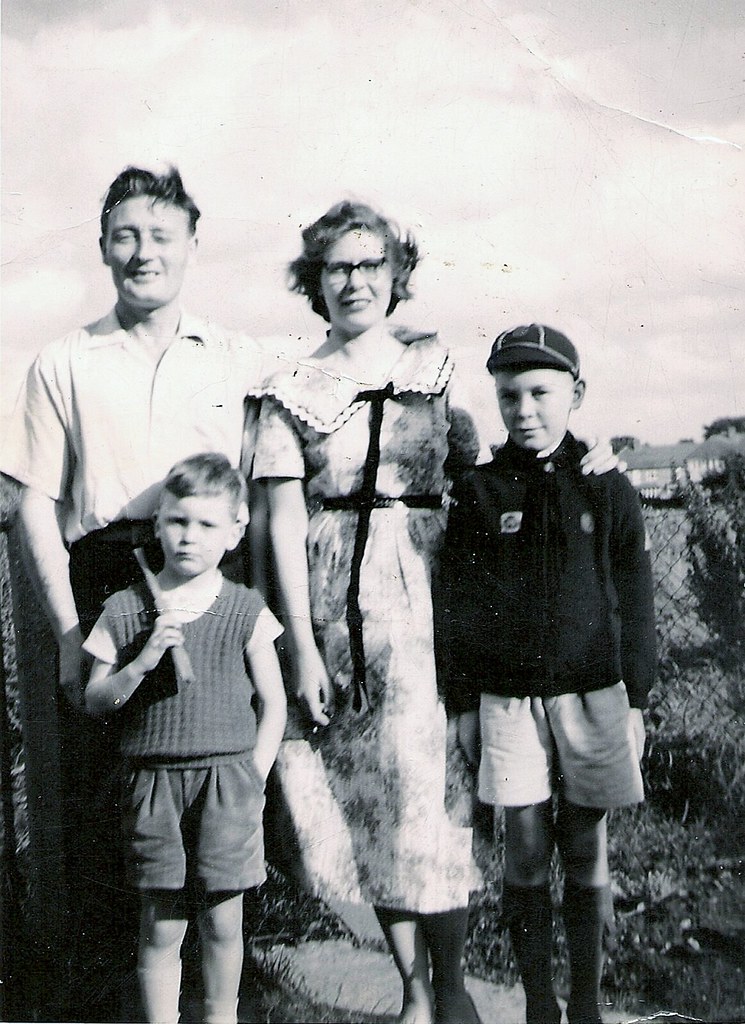
Imagine living your life, minding your own business, when suddenly, your family witnesses something so extraordinary, so out of this world, that it changes everything you thought you knew about reality. That’s precisely the mind-bending scenario presented by this haunting image from 1976, featuring twelve-year-old Dominique Perrot and his parents. They’re not just posing for a family photo; they are reportedly identifying a portal they witnessed to another dimension. Talk about a family outing!
The sheer audacity of the claim behind this picture is what makes it truly captivating and utterly unsettling. In an era before widespread digital manipulation, the idea of a family encountering a genuine, tangible tear in the fabric of reality is enough to make anyone’s jaw drop. The image itself, with its subdued tones and the earnest expressions of the Perrot family, only adds to the eerie authenticity. It forces you to consider: what exactly did they see?
Whether you’re a staunch skeptic or a true believer in the multiverse, this photograph undeniably holds a unique power. It taps into our deepest curiosities about the unknown and the possibility of worlds beyond our perception. The very notion of a ‘portal to another dimension’ being casually encountered by a family in 1976 is the kind of story that lodges itself in your brain and refuses to leave, proving that sometimes, reality is stranger than fiction.
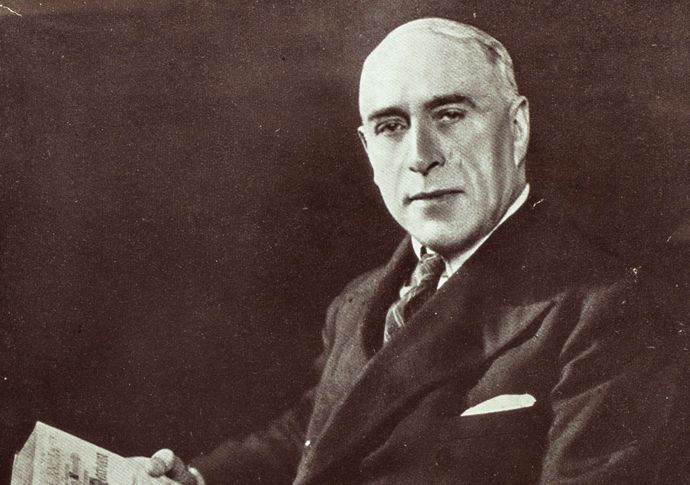
Step into the dimly lit, profoundly intriguing world of British psychic researcher Harry Price, captured in this mesmerizing 1944 photograph. Here he is, surrounded by his ghost hunting equipment in his library, an arsenal of gadgets designed to bridge the gap between the living and the spectral. This image isn’t just a historical snapshot; it’s a testament to humanity’s enduring fascination with the unseen and our relentless pursuit of proof.
Price himself was a larger-than-life figure in the spiritualist movement, renowned for his meticulous investigations into alleged hauntings and psychic phenomena. The equipment laid out around him, though perhaps primitive by today’s standards, represents the cutting edge of paranormal investigation for its time. Think about the hours he must have spent, alone in that library, amidst these devices, hoping to capture even the faintest whisper from the other side.
There’s an almost palpable atmosphere of anticipation and intellectual rigor emanating from the photo. It makes you wonder about the stories those devices could tell, the whispers they might have picked up, and the cold spots they might have detected. For anyone with a love for the supernatural, or even just a good mystery, this picture of Harry Price and his haunting tools is a powerful reminder of how deep the rabbit hole of the paranormal can go.
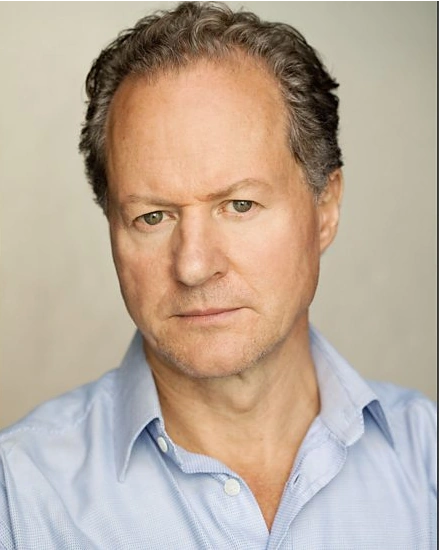
Prepare to be fascinated and perhaps a little freaked out by the work of William Hope, a man who, in the 1920s, claimed he could do something truly revolutionary: document the dead with his camera. His photographs of “ghosts” are legendary, existing in that chilling space between sincere belief, elaborate hoax, and genuine, inexplicable strangeness. Each image is a window into an era desperate to connect with loved ones lost, especially in the wake of global conflicts.
Hope’s technique often involved double exposures or other photographic tricks, which skeptics quickly pointed out. However, to the grieving families who sought his services, these ethereal figures appearing alongside their living relatives offered immense comfort and a tangible connection to the departed. The ghostly apparitions, often appearing as translucent forms or faces hovering in the background, are undeniably unsettling, even if you know the potential trick behind them.
What makes these photographs so creepy isn’t just the alleged presence of spirits, but the profound human need they represented. The blurred lines between life and death, the desire for closure, and the vulnerability of those seeking communication with the other side all converge in these images. They remind us that our fears and hopes about what lies beyond are timeless, making William Hope’s “ghost” photos a haunting artifact of a bygone spiritual age.
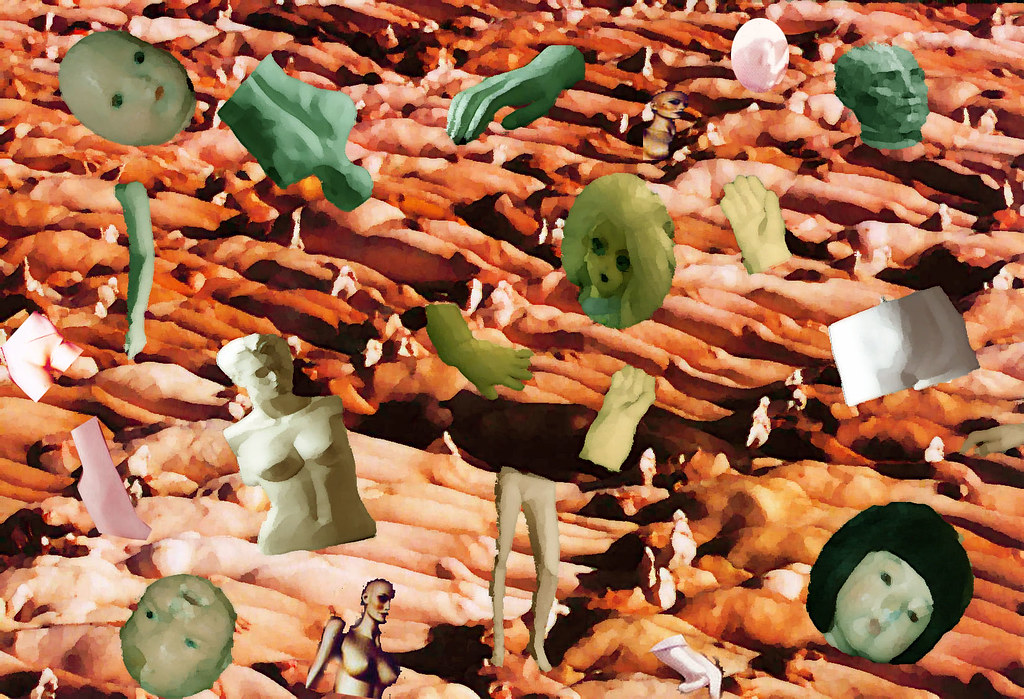
Welcome to a French factory, circa 1910, where the lines between plaything and person blur in the most unsettling way. This photograph reveals rows upon rows of dolls, meticulously crafted to resemble real people. Far from being charming or comforting, these creations tap directly into the ‘uncanny valley’ – that unsettling feeling we get when something looks almost, but not quite, human. It’s a place where childhood innocence meets deep-seated unease.
In the early 20th century, the pursuit of realistic dolls was a testament to the era’s craftsmanship and technological ambition. However, seeing these doll-like visages, so similar to human faces yet so devoid of life, creates an immediate sense of discomfort. The vacant stares, the stiff poses, and the sheer volume of these almost-human figures arrayed in a factory setting evoke a chilling sense of mass production of the human form.
This image is a masterclass in subtle horror. It plays on our innate discomfort with things that mimic life too closely without truly possessing it. The factory floor, usually a place of industry and efficiency, becomes something else entirely when populated by these almost-people. It’s a glimpse into an early attempt at artificial humanity that, in retrospect, feels more like a nightmare than a charming toy story.
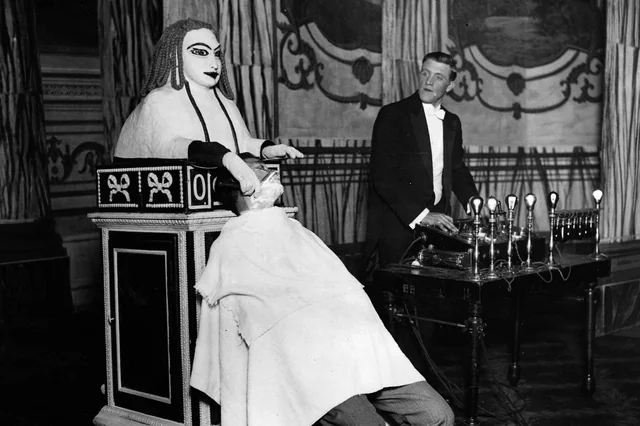
If you thought dolls were creepy, brace yourself for Professor Popjie’s truly ghastly invention: Radiana, a robot built with human bones, from 1925. This isn’t just a mechanical marvel; it’s a Frankensteinian nightmare brought to life in the pre-CGI era. The very concept of assembling a machine, an automaton, using actual skeletal remains, is enough to send shivers down even the most hardened spine.
The sheer audacity and moral ambiguity of such a project are astonishing. In an age of scientific breakthroughs, some minds clearly pushed the boundaries of what was acceptable, perhaps even what was sane. Radiana, with her macabre components, stands as a testament to the darker side of innovation, a stark reminder that curiosity, unchecked by ethics, can lead to truly disturbing creations. It’s the kind of invention that could only exist in a gothic horror novel, yet here it is, captured in a photograph.
Just thinking about the origins of those bones, and the methodical construction of this cadaverous contraption, is profoundly unsettling. Radiana isn’t just a robot; she’s a memento mori, a chilling memento of human remains twisted into an unholy form. This image proves that sometimes, the most disturbing monsters aren’t born of the supernatural, but from the unhinged brilliance of human invention. It’s a truly unique entry in the pantheon of creepy historical images.

Imagine strolling through the bustling streets of London in 1927, looking up at the grand architecture, only to find yourself met by the menacing gaze of ‘the devil that watches over Londoners from atop the Tivoli Theatre’. This isn’t a subtle gargoyle or a whimsical statue; it’s a prominent, foreboding figure that commands attention and instills a genuine sense of unease. It’s the kind of public art that makes you do a double-take and question the intentions of its creators.
The decision to place such an overtly demonic figure in such a visible public space, atop a place of entertainment no less, is fascinatingly unsettling. Was it a statement? A warning? Or simply a bold architectural flourish designed to capture attention, regardless of the chill it might send down a passerby’s spine? The sheer scale and presence of this ‘devil’ are what makes it so memorable and, frankly, creepy. It’s not just a decoration; it feels like an active, watchful entity.
The black and white photography of the era only enhances its sinister aura, casting long shadows and emphasizing its sharp, imposing features. This image serves as a powerful reminder that creepiness isn’t always about ghosts or gore; sometimes, it’s about the unexpected, the out-of-place, and the deeply symbolic. The devil atop the Tivoli Theatre stands as a silent, stony sentinel, perhaps still watching over London, a truly iconic and unnerving piece of urban history.”
Alright, if you’ve made it this far, you’re clearly not faint of heart! We’ve already explored some seriously strange and unexplained visuals, but trust us, the internet’s archives of creepiness run deep. Now, we’re diving headfirst into the truly disturbing, the macabre, and the tragic. These next eight images peel back layers of human history, revealing the sinister side of human nature and the heartbreaking fates that have left an enduring, chilling mark. Brace yourselves, because it’s about to get even more unsettling.
Prepare yourself, because this one is a real gut-punch. Anatoly Moskvin, a Russian former journalist and college professor, had a hobby that went beyond collecting: he was a self-dubbed “necropolyst” with an expert knowledge of cemeteries. For years, his doll collection hid a macabre obsession that led him to dig up the dead and, yes, make dolls out of their corpses.
Moskvin didn’t just collect; he saw these creations as his companions and lovers. In his own unsettling words about one of his dolls, made from the body of an 11-year-old girl, he wrote, “I kissed her once, then again, then again.” Police finally caught Moskvin in 2011, after years of increasing suspicion about the growing number of desecrated graves in his home city of Nizhny Novgorod.
When authorities searched his home, the horror was fully unveiled. They found not just dolls, but 26 life-sized mummified corpses scattered throughout his house. This image serves as a truly horrifying reminder of the dark, unhinged depths that human obsession can reach, proving that some monsters are very, very real.
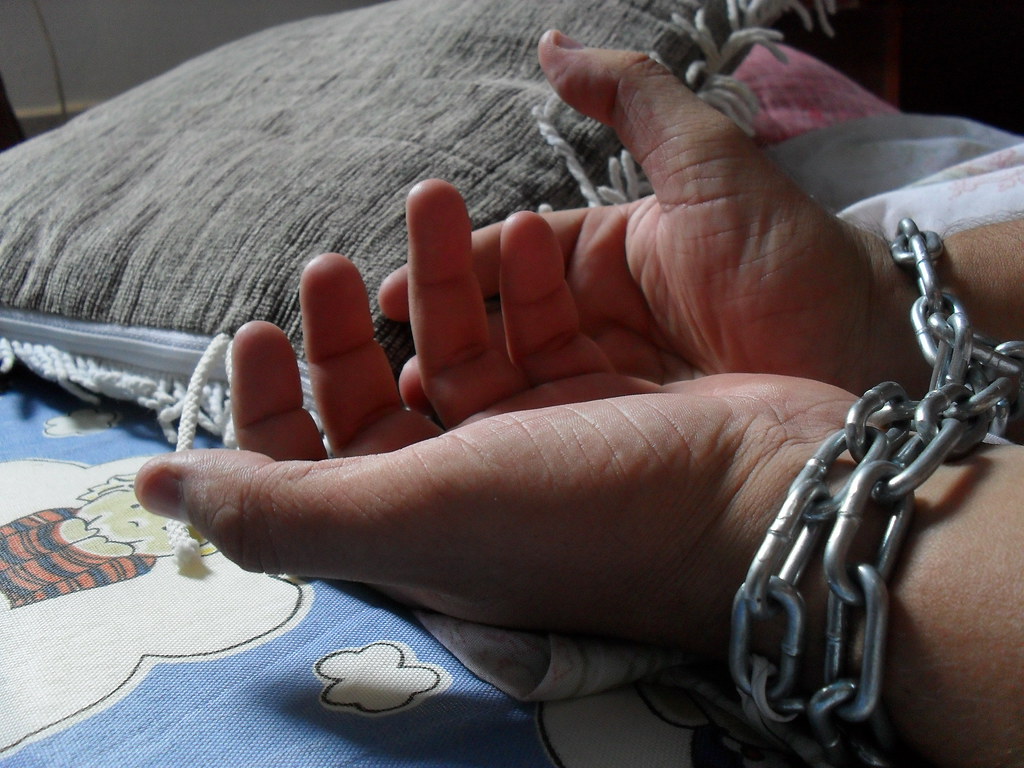
This photograph is more than just creepy; it’s a gut-wrenching testament to the crushing power of poverty. Captured in 1948, the image bears a sign that starkly reads “4 CHILDREN FOR SALE.” It reveals the desperate measures Mr. and Mrs. Ray Chalifoux took as they faced eviction from their Chicago apartment.
Unemployed and desperate for money, the coal truck driver and his wife made the unimaginable decision to sell their own children. Though some Chalifoux family members later claimed the mother was paid to stage the photo, the tragic truth is that the children were, in fact, sold to different homes within two years.
The horror deepens when you learn the fates of Lana (six), Rae (five), Milton (four), and Sue Ellen (two). They were known to have been terribly abused by their new families thereafter. This haunting image is a chilling snapshot of human desperation and the devastating impact of poverty on innocent lives.

Imagine walking into someone’s home and finding them almost completely gone, reduced to ash, with barely any other fire damage. That’s the baffling and utterly bizarre scene from the morning of July 2, 1951, in St. Petersburg, Florida. Mary Reeser’s landlady found her almost entirely incinerated, lying on the scorched remnants of her chair.
All that remained were a part of her left leg and her skull, which was shrunken far beyond its normal size. Local authorities were baffled, unable to determine a cause for the blaze, especially since the rest of the apartment was largely untouched by fire. They sent the case to the FBI, who, equally perplexed, concluded that Reeser had gone up in flames “like the wick of a candle.”
They theorized her own body fat steadily fed the fire, but still, the mystery of how the blaze started in the first place remained unsolved. To this day, this case is widely believed to be one of the most compelling examples of spontaneous human combustion, a phenomenon that truly defies explanation and leaves a cold, creepy feeling.
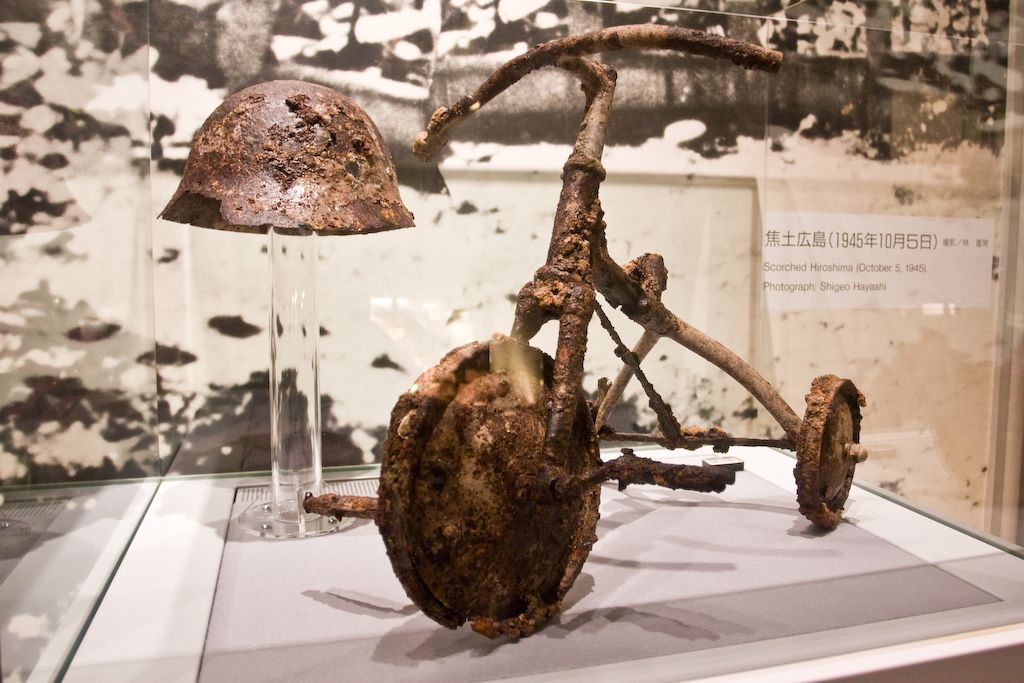
On August 6, 1945, humanity witnessed a horror unlike any before when the United States dropped an atomic bomb on Hiroshima, Japan. For some of the approximately 80,000 people who lost their lives in that instant, only a nuclear shadow remained – an eerie, chilling imprint of their final moments.
When the bomb detonated 1,900 feet above the city center, it unleashed temperatures of 10,000 degrees Fahrenheit, obliterating nearly everything within 1,600 feet of the blast zone. Almost anything and anyone within a mile was instantly destroyed or severely damaged. The light and heat were so extreme they literally bleached the city’s exposed surfaces.
The only exceptions were the places where an unsuspecting person, building, sidewalk, or bridge shielded the surface from the blast with their own body in their final moments alive. These haunting outlines, forever etched into the landscape, serve as a terrifying reminder of humanity’s destructive power and the instant, devastating tragedies of war.
Whew! We made it to the end of this spine-tingling journey through some of the most unsettling images ever captured. From inexplicable phenomena to the darkest corners of human history and truly tragic fates, these photos stick with you long after you’ve scrolled past. They tap into our deepest fears, our morbid curiosities, and our innate sense that some things are just… not right. If these photos gave you the creepy-crawlies, make sure to share this wild ride with your friends! After all, misery loves company, especially when it comes to a good dose of the truly bizarre.





